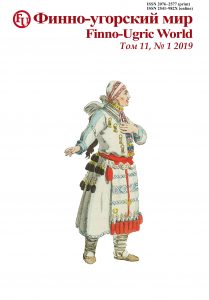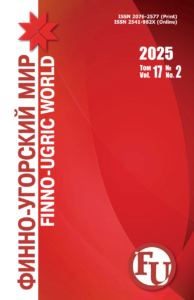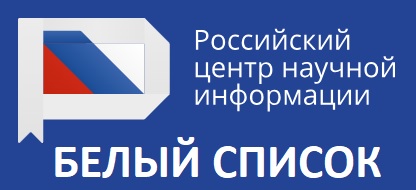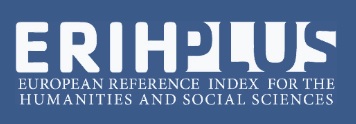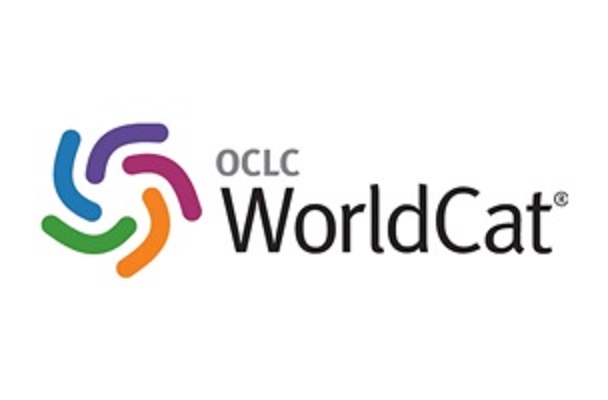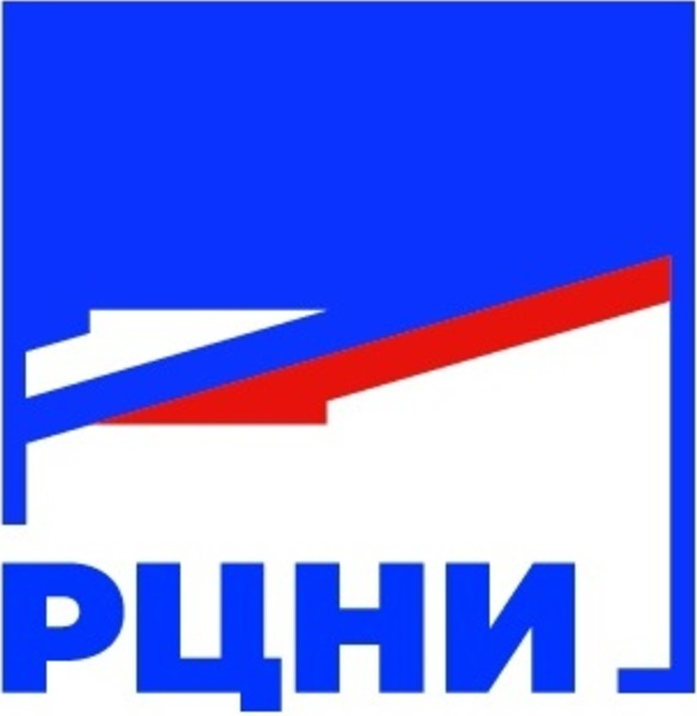DOI: 10.15507/2076-2577.011.2019.01.032-044
Tatyana V. Voldina,
Candidate Sc. {History}, Leading Research Fellow, Ob-Ugric Institute of Applied Researches and Development, e-mail: tatyanavoldina@yandex.ru
The article continues the series of materials devoted to the problem of reincarnation in the traditional culture of the Ob Ugrians (“Finno-Ugric World”, “Bulletin of Ugric Studies” (2014–2018). The theme of reincarnation of the human soul is directly related to the question about the vital forces and their carriers. In traditional practices for determination whose “soul” reincarnated, the leading ones were the traditional divination and prediction of dreams, but also the attention was paid to the internal (character, preferences, etc.) and the external likeliness of a children to the reincarnated ancestor. It is not main, but very important parameter, confirming the correctness of the definition of the reborn “soul”.
Part of the mythical traditions of the Khanty and Mansi is the so-called “bodily” magic, where special attention is paid to the bones (skeleton) as the basis of the human body. According to the bone structure, people could determine the fate and qualities of a person. Special attention was paid to the spine (or to the back), because the vitality of the human body depended on its strength. The safety and integrity of the skeleton was considered an important condition for subsequent reincarnation. Echoes of ancient beliefs can be found in the mythological texts about the ancestors and customs related to the bear cult.
Relationship between the ideas about the bones with the worship of ancestral guardian spirits is universal. At the same time among the Ob Ugrians bones are also associated with stones. It explains sacralization of natural stone objects, in which “heroes of the past” have “turned”; a stone has generative, protective and deadly functions. The identity of bone and stone can be seen in folklore texts about heroes or miraculous arrows (bone and stone), which appear from the miracle stones, and these arrows are used by the heroes to defeat the supernatural creatures. Metal in its sacred functions is close to bone and stone. Metal products also symboliz a magical protection, ancestral spirits and the human soul (needle, knife, arrow tip).
Key words: Ob Ugrians; mythology; traditional worldview; reincarnation; bone; stone; metal.
For citation: Voldina TV. The symbolic significance of bone, stone and metal in the context of traditional views of the Ob Ugrians on reincarnation. Finno-ugorskii mir = Finno-Ugric World. 2019; 1: 32–44. (In Russian)

